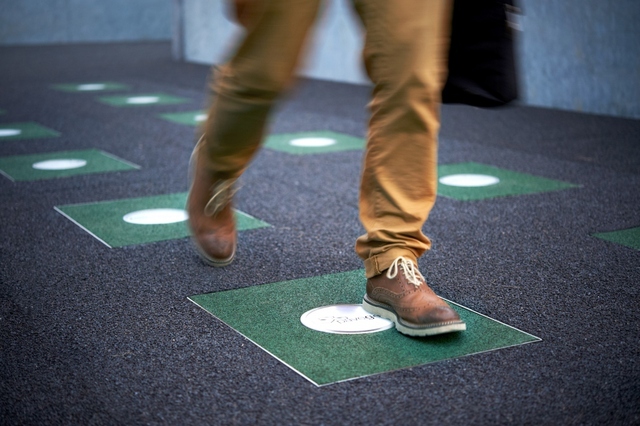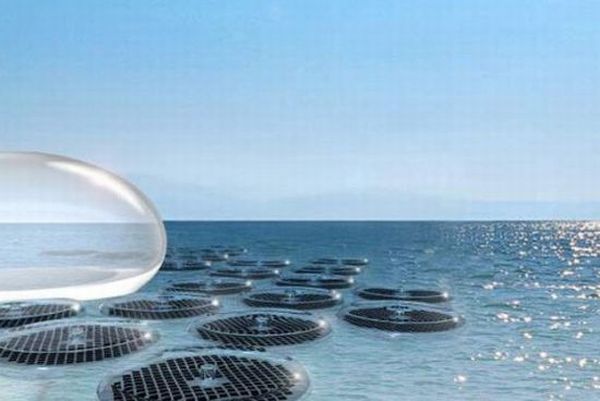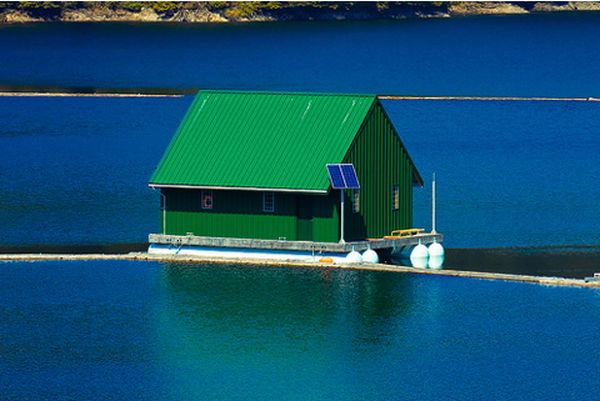The recent forecasts regarding the availability of fossil fuels, primarily coal, which is used to produce electricity, is baffling scientists. Since we now live in an energy hungry world, scientists and researchers are puzzled when trying to envision a world without these conventional sources. However, when others are busy contemplating the grim scenes of the future, others are taking this as an opportunity to come up with something innovative that can change the face of the energy generation and distribution world forever. One such innovation has come in the form of large-scale piezoelectric energy generation systems that although cannot share the entire burden of energy generation, but can definitely play its part by helping generate some energy in a clean and sustainable manner.
What is piezoelectricity?
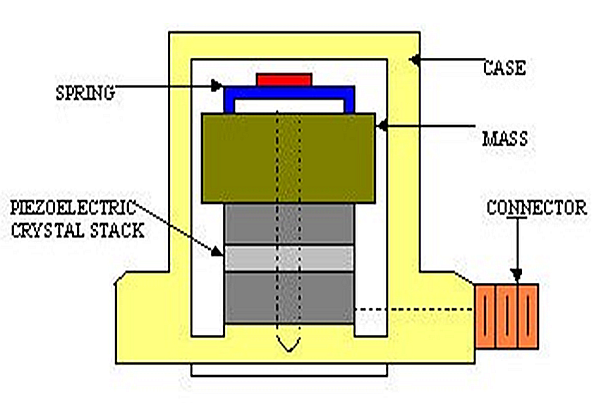
You might not have expected this, but chances are bright that you must have availed the benefits of piezoelectricity in one form or the other today. In its simple sense, piezoelectricity is the electricity that is produced by some crystals, such as quartz, when they are compressed. These crystals when compressed mechanically produce a small current on high voltage. One of the most commonly used product that features this technology is an electronic cigarette lighter, which contains a ceramic crystal that produces a high voltage and low current spark that is then used to ignite the lighter gas or fluid.
Types of piezoelectric energy generators:
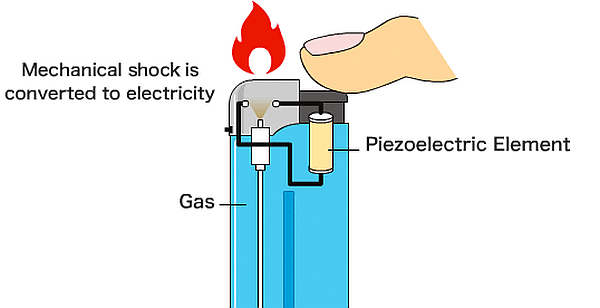
Piezoelectric generators are basically of two main types – single layer generators and multiple layer generators. The single layer generators are the ones that are used in push button electronic lighters, where a mere push of a button causes a hammer to mechanically compress the ceramic, thereby generating electric current. These generators are simple, long-lasting and usually don’t require any maintenance. Multiple layer piezoelectric generators, on the other hand, are made up of a stack of extremely thin piezoelectric ceramics and hence, produce higher voltage than their single layer counterparts.
The benefits:
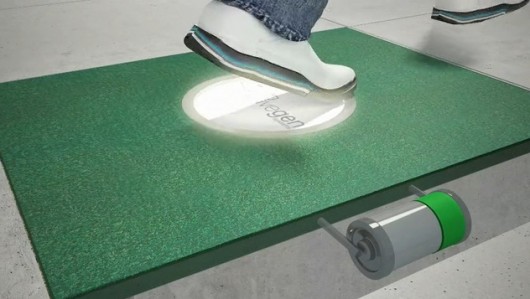
One of the biggest benefits of using piezoelectric energy generators is the fact that they produce a steady current when a force is applied onto them, without causing any pollution and without any carbon emissions. This is the main reason why researchers over the globe are trying hard to come up with viable systems that can generate a steady supply of renewable energy by transforming mechanical force into energy. One notable example of the research is the Pavegen electricity generating system, which uses the mechanical force applied by walking individuals to generate a decent amount of energy. The Pavegen system is designed to be installed on busy walkways to generate a steady supply of current.
The drawbacks:

Although piezoelectric energy generation is highly environmentally friendly and can be used to produce steady current, the main drawback is the comparatively higher initial investment, and regular maintenance. Researchers anticipate that if piezoelectricity is used to generate a large amount of energy, the setup cost could be unaffordable. Moreover, since these generators rely on moving parts, the installation will require regular and sometimes expensive maintenance, which would in turn, increase the cost of electricity generated by it.
The Future:

Going by the recent trends, we have to believe that as technology advances, it not only gets better but also becomes affordable. Going by this trend, we can hope that in the future piezoelectric energy generators will get better and turn out to become an affordable way to generate clean energy.


